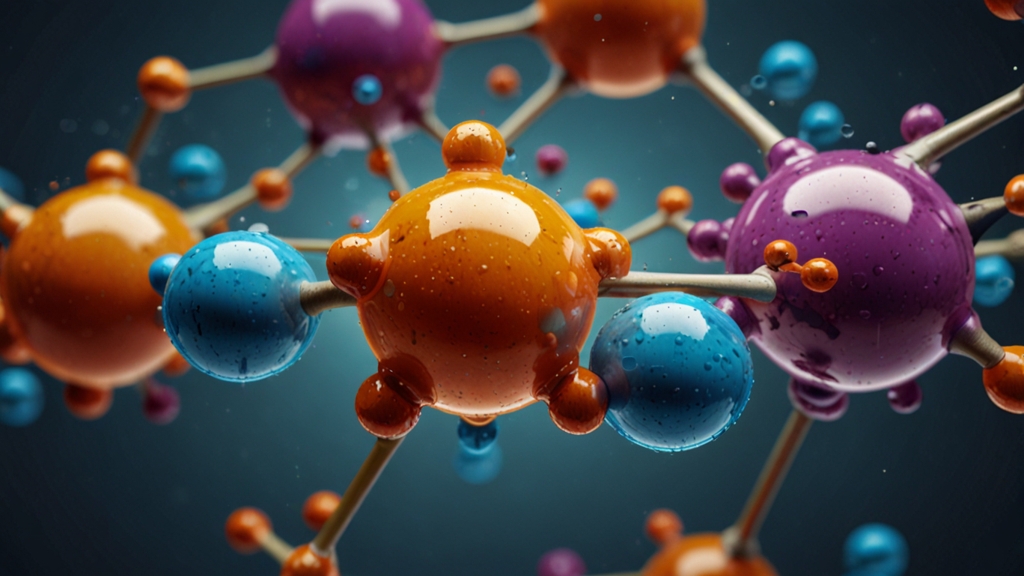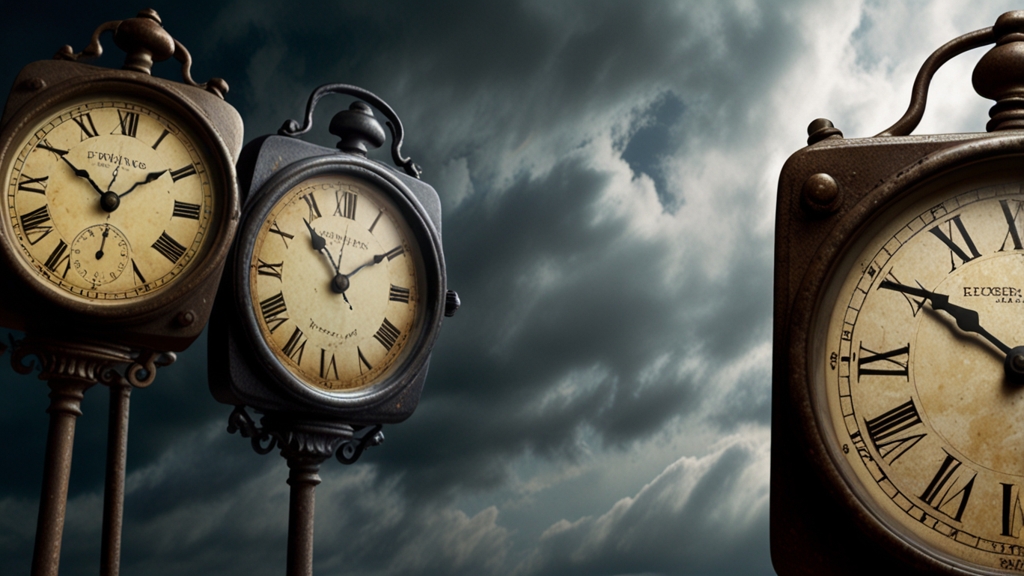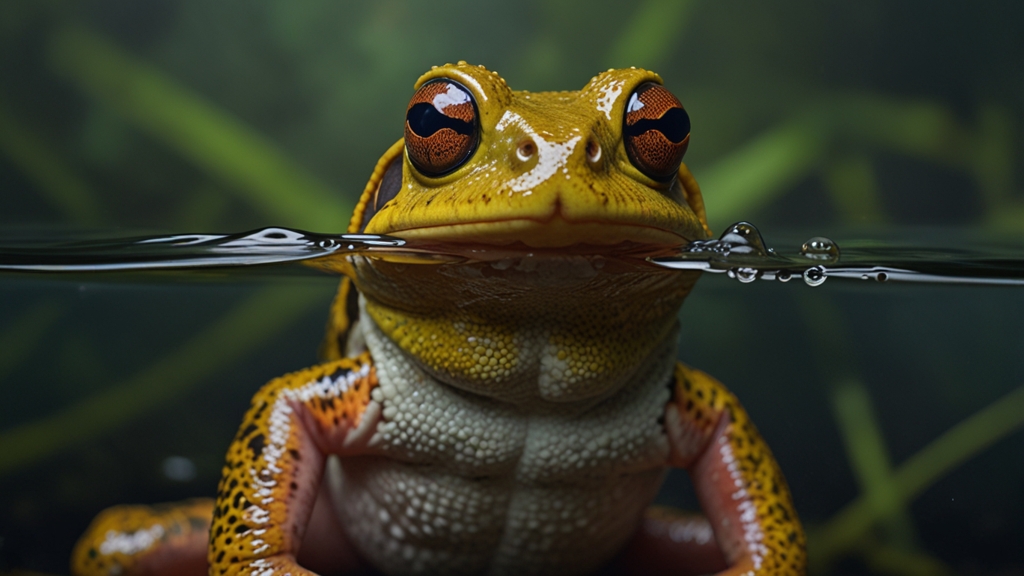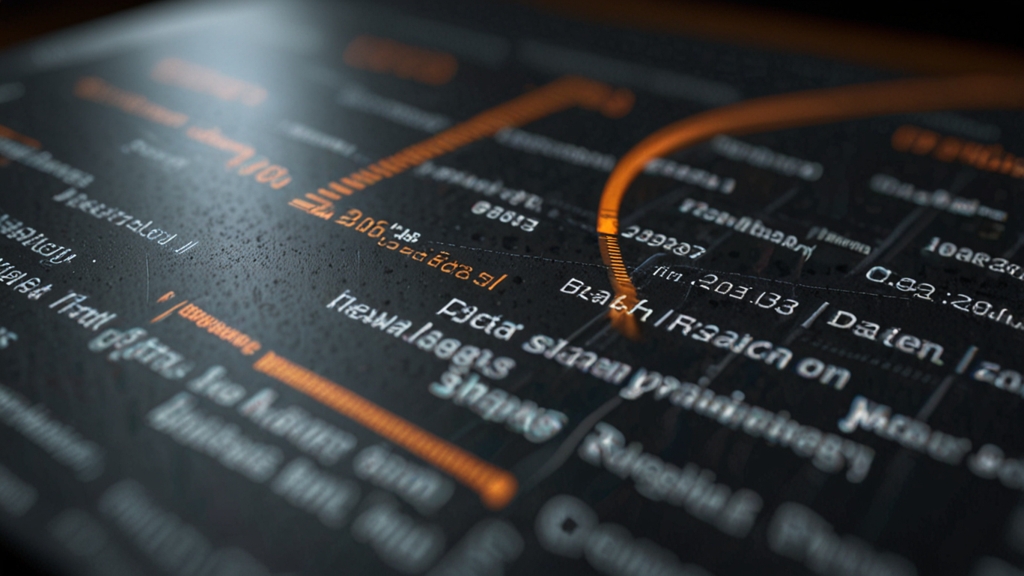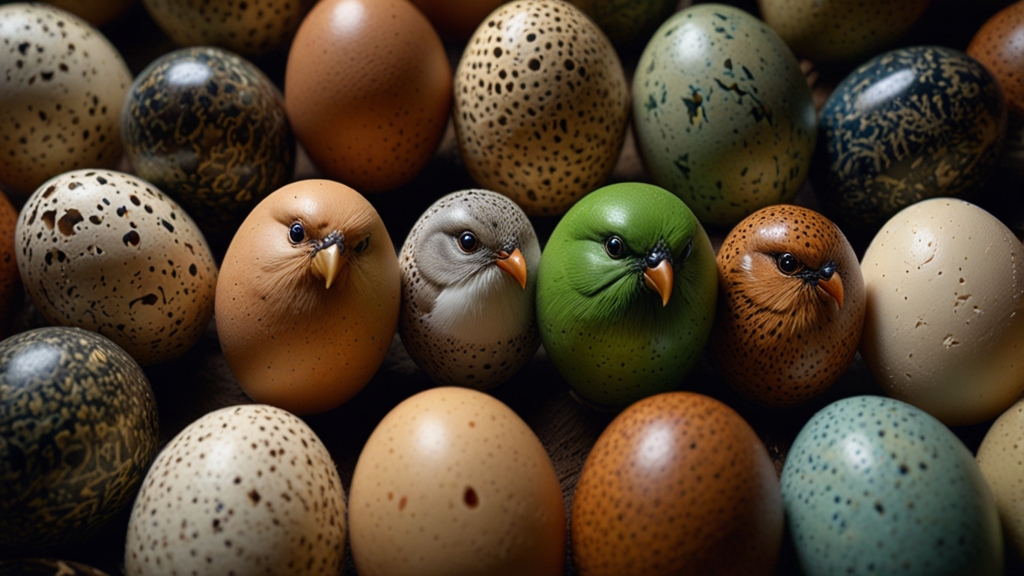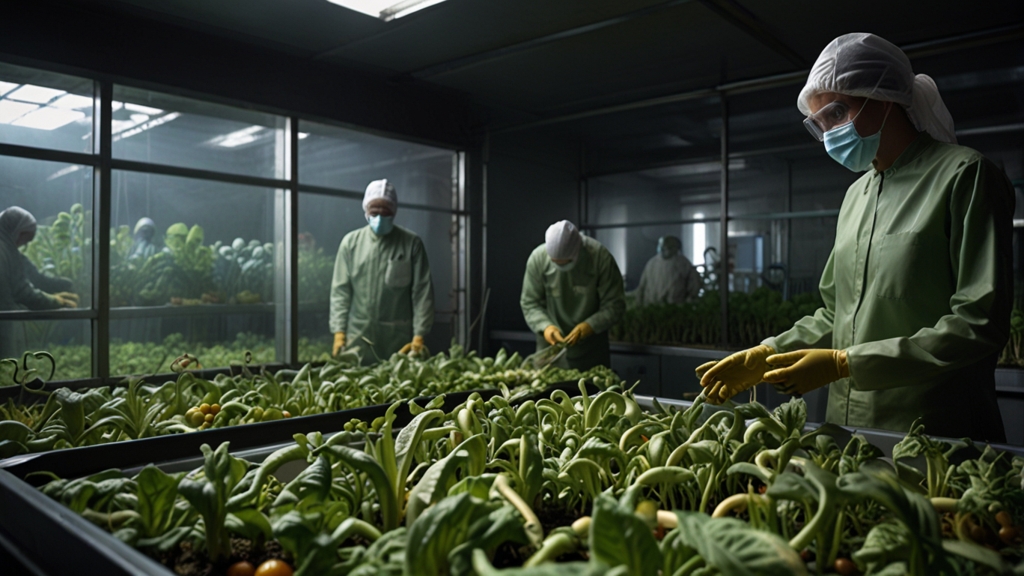The Weird World of Chemical Bonds: What Really Holds Us Together
Chemical bonds are the unseen force that weave the very fabric of our physical world. From the sturdy steel in skyscrapers to the fragile petals of a flower, it's chemical bonds that underpin the structure of everything tangible. But what are these bonds, really? How do they operate and what makes them so crucial in holding us and our universe together?
The Basics: Atoms and Molecules
Atoms are the basic building blocks of matter. They consist of a nucleus (made up of protons and neutrons) surrounded by electrons. When atoms come together, they form molecules, and the forces that hold these atoms together are known as chemical bonds. But not all bonds are created equal. There are several types of chemical bonds, each with its own unique properties and behaviors.
Ionic Bonds: The Give and Take
Ionic bonds occur when one atom gives up one or more electrons to another atom, resulting in the formation of ions. These ions are then attracted to each other by electrostatic forces. A classic example is the bond between sodium (Na) and chlorine (Cl) in table salt (NaCl). Sodium donates an electron to chlorine, resulting in a positive sodium ion (Na+) and a negative chloride ion (Cl-), which cling together to form the compound.
"Think of ionic bonds as relationships based on mutual benefit—one atom needs to lose an electron and another needs to gain one. Their bond is strong, but it's more about convenience than emotional depth."
Covalent Bonds: Sharing is Caring
Unlike ionic bonds, covalent bonds involve the sharing of electrons between atoms. This type of bond usually happens between atoms with similar electronegativity—that is, their tendency to attract electrons. Water (H2O) is a prime example: two hydrogen atoms each share an electron with an oxygen atom, forming a stable molecule.
Covalent bonds can be incredibly strong. Double and triple bonds, which involve two or three pairs of shared electrons respectively, create robust connections between atoms. These bonds are found in a variety of compounds, from the oxygen we breathe (O2) to the ethanol in alcoholic beverages (C2H5OH).
Metallic Bonds: The Sea of Electrons
Metallic bonds are what make metals such excellent conductors of electricity and heat. In this type of bonding, electrons are not shared or exchanged between individual atoms but rather flow freely among a lattice of metal ions. This "sea of electrons" allows metals to be both strong and malleable, capable of being shaped without breaking.
"If ionic bonds are like sturdy bridges and covalent bonds are like shared spaces, then metallic bonds are akin to a community swimming pool—everyone's in it together, and the benefits are shared by all."
Hydrogen Bonds: The Subtle Connection
Lastly, there's the often overlooked but incredibly important hydrogen bond. This type of bond occurs when a hydrogen atom, already part of a covalent bond, is attracted to an electronegative atom in another molecule. Though weaker than ionic and covalent bonds, hydrogen bonds are critical in many biological processes. They hold together the two strands of DNA, enabling life as we know it, and also give water its unique properties, such as high surface tension and boiling point.
The Bigger Picture
Chemical bonds may seem like abstract concepts relegated to the pages of textbooks, but they have real-world implications that affect everything from industrial processes to biological systems. Understanding these bonds helps scientists and engineers develop new materials, create pharmaceuticals, and even address environmental challenges.
The world of chemical bonds is indeed a weird one, full of intricate dances and subtle connections. Yet it is this complexity that forms the foundation of all matter, influencing the very essence of what holds us together.
